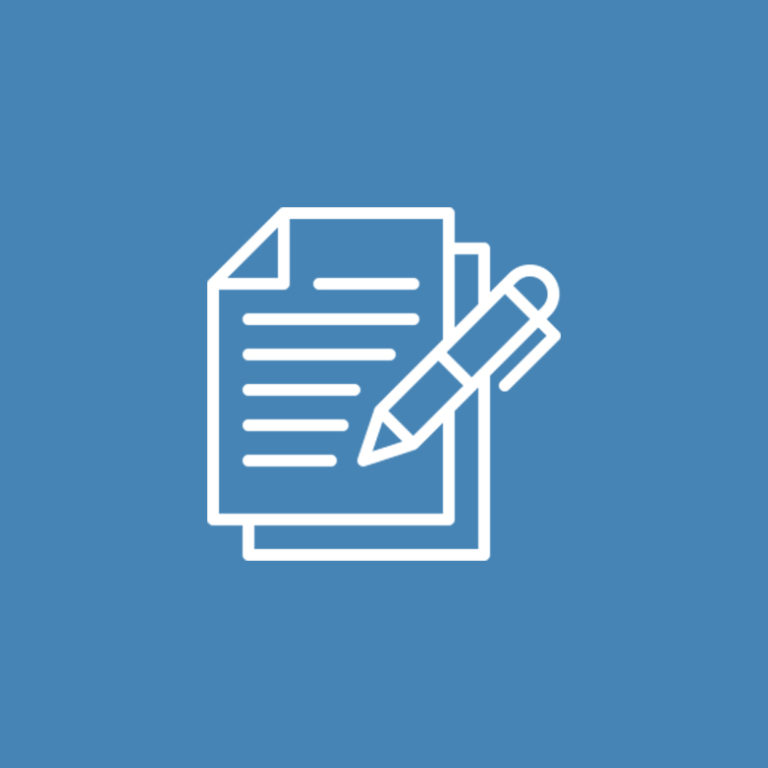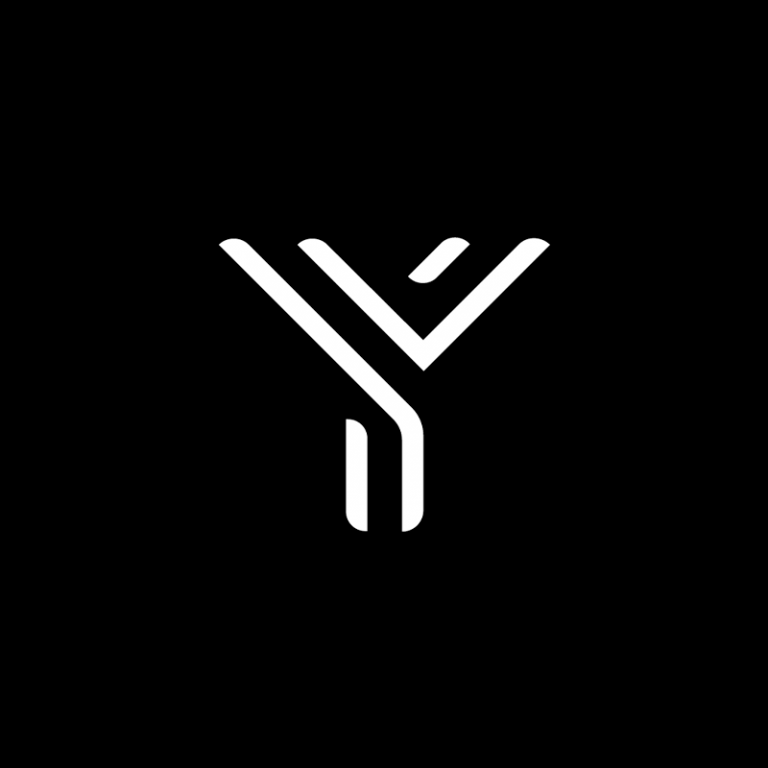What You Need to Know
It is important to ensure that your benefit plan is accurate and up-to-date to avoid late-applicant restrictions, enrollment issues, coverage interruptions or declines. Below are some tips to avoid issues and to make sure you and your family have the right coverage.

Major Life Changes - 30 Days to Update
Life Changes
- New Spouse
- Cohabitation/Common law eligibility
- Having a new baby
- Child is 21 or older, but attending post-secondary education
It is essential to update your insurance provider within 30-days of a major life event/change to avoid coverage restrictions or declines.
Always make sure you enroll yourself and your dependents on time, to make sure you have the appropriate coverage.
Next Step: Contact your plan administrator to make any changes
Declare your Beneficiaries & Keep them Up-To-Date
Beneficiary:The person(s) you wish to receive your benefit amount, tax-free, should you pass away.
Contingent Beneficiary:The person(s) you would choose to leave the money to, in the event that your primary beneficiaries have predeceased you.
Update your beneficiary(ies) regularly to ensure that your life insurance and AD&D benefit amounts goes to the correct beneficiary(ies) in the event of a claim.
No Beneficiary Declared: proceeds from a life insurance claim will transfer to your estate. This means that the funds won’t be released to your loved ones until the estate is settled (which could take years), and they will only receive any funds that are left-over after they have been used to repay creditors, fees, and taxes first.
vs.
Beneficiary Declared: proceeds would transfer directly to your listed beneficiary(ies), right away, as a tax-free payment.
Next Step: Download a new beneficiary form from your online portal or ask your plan administrator for instructions.
Eligibility for Additional Life and/or Disability Insurance
Non-Evidence Maximum (NEM):The amount of coverage offered to any eligible plan member, without any medical underwriting.
Overall Maximum (OM):The maximum amount of coverage you may qualify for based on income levels.
Do you have the right amount of coverage?
Many people assume that they will have coverage up to the overall maximum (OM) offered in their plan.
However, it is very likely that your coverage is actually capped at the Non-Evidence Maximum (NEM).
If your salary qualifies you for coverage over the NEM, you will still have to apply for the additional insurance by submitting an Evidence of Insurability (EOI) form.
This should be repeated with any significant income increase.
Next Steps: Contact your plan administrator to verify coverage amounts/eligibility and obtain/submit EOI forms if applicable.
Bring Your Travel Card for any Out-of-Province Trips
Leaving the Province?
Don’t forget your travel card, and consider bringing an extra copy for your family/friends to carry, in case you are unable to call yourself.
It is critical to have your travel card information with you when you leave the province so that you can call your travel provider as soon as possible, should an emergency occur.
The service team will be able to help you navigate the health care system wherever you are, and start your claim right away.
Do not assume that you can just submit the claim after-the-fact once you get home, as they may not cover everything that you paid for without their guidance.
Next Steps: Print your travel card and bring the hard copy with you when you travel in case Wi-Fi is not available.
Remember to contact the Travel Provider ASAP in the event of a claim.
Contact Us with any Questions
Recommended Articles
Life Insurance – Understanding your Options
Life insurance can be a complicated and often misunderstood product when not explained properly. Below is a brief...
Read MoreByond – An Innovative Approach to your Health Care
We are extremely excited to announce a new health resource available exclusively to SC Insurance clients. Byond is...
Read MoreLosing Group Benefits
Important information for employees and employers to know whenever someone is leaving a group plan. Whether it is...
Read More


